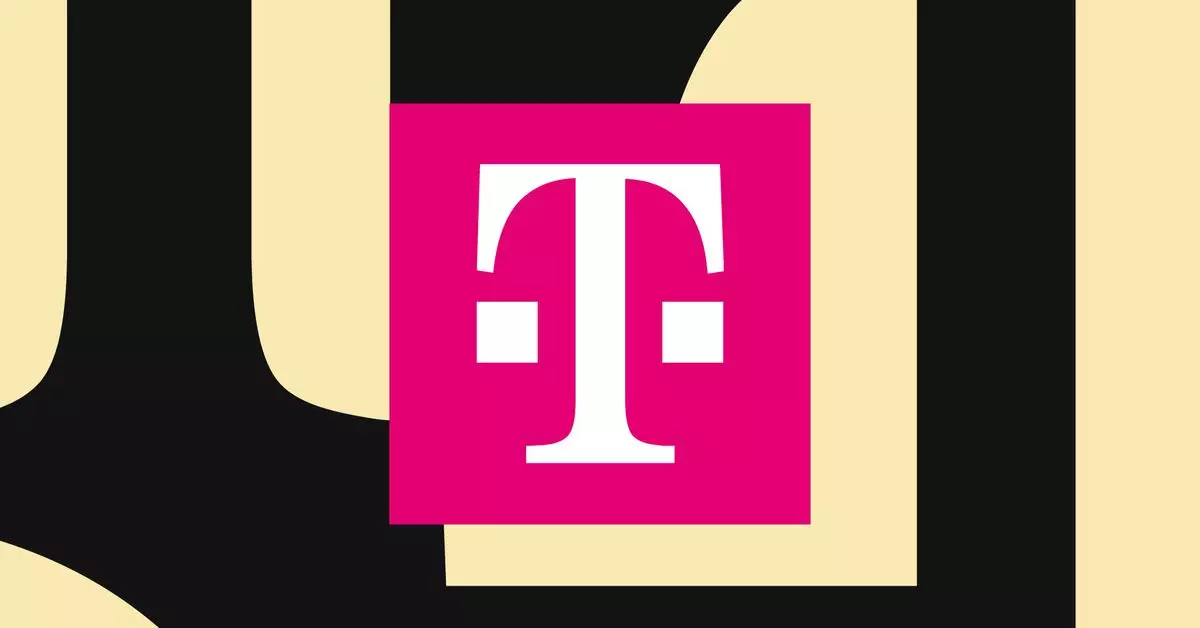In a groundbreaking collaboration, SpaceX and T-Mobile have obtained temporary authorization from the Federal Communications Commission (FCC) to deliver direct-to-cell service via Starlink satellites. This partnership emerges during a critical time, as affected communities deal with the aftermath of Hurricane Helene. By utilizing satellite technology, both companies aim to tackle communication challenges that arise in disaster-stricken areas, significantly enhancing emergency response capabilities.
Hurricane Helene has wreaked havoc across the southeastern United States, particularly in North Carolina, where severe flooding has led to extensive communication disruptions. The introduction of Starlink satellites allows for the broadcasting of emergency alerts directly to existing cell phones across various networks. This vital service is essential for residents who rely on timely information to navigate the dangers posed by natural disasters. Additionally, as part of this initiative, T-Mobile customers may soon experience basic SMS texting functionality, facilitating even further communication when it is most essential.
The catastrophic effects of Hurricane Helene have resulted in numerous “blackout zones” where traditional cell networks have failed. This situation occurs when physical infrastructure is compromised, leaving communities isolated from crucial communications. Current FCC reports highlight that, despite some improvements in service, significant outages still plague many regions. The need for innovative solutions, such as satellite-driven connectivity, is paramount to ensuring that affected individuals can stay informed and connected, providing peace of mind and enabling timely responses.
While SpaceX and T-Mobile’s initiative represents a pivotal advancement in emergency communications, it is not without obstacles. The rollout of this direct-to-cell technology is still in its infancy, with the satellite constellation not yet fully operational. Users should expect service availability on a “best-effort basis,” emphasizing the potential limitations of early-stage technology. Moreover, this venture has sparked contention within the telecommunications sector, particularly from industry giants like AT&T and Verizon. These companies have voiced concerns to the FCC regarding signal interference that Starlink satellites may pose to their existing networks, prompting discussions about regulatory frameworks and technological coexistence.
As the collaboration between SpaceX and T-Mobile unfolds, it holds particular promise for both emergency responsiveness and the transformation of the telecommunications landscape. The potential benefits of satellite communication in jurisdictions where traditional mobile networks struggle cannot be overstated. Beyond natural disasters, such technology could prove invaluable in rural and under-served areas, expanding connectivity and fostering inclusivity.
While the direct-to-cell service powered by Starlink offers a glimmer of hope amidst disaster, the continuous evaluation of its efficacy and regulations will be essential for its long-term success. The current challenges serve as reminders of the need for innovation and adaptation in an ever-evolving telecommunications environment. As these two companies work together to redefine connectivity, the implications of their efforts extend far beyond immediate relief, potentially revolutionizing how we approach communication in times of crisis.


Leave a Reply